 Even with two amazing solo albums last year and a new Wire album with subsequent touring, Graham Lewis managed to reactivate Hox with Andreas Karperyd (with whom he has collaborated as He Said Omala). The music, as always, exceeds expectations, and the duo has created an album of engaging electronic pop with enough strangeness befitting Lewis' lengthy and consistently magnificent career.
Even with two amazing solo albums last year and a new Wire album with subsequent touring, Graham Lewis managed to reactivate Hox with Andreas Karperyd (with whom he has collaborated as He Said Omala). The music, as always, exceeds expectations, and the duo has created an album of engaging electronic pop with enough strangeness befitting Lewis' lengthy and consistently magnificent career.
Two new shows just for you. We have squeezed out two extended release episodes for this weekend to get you through this week. They contain mostly new songs but there's also new issues from the vaults. The first show features music from Rider/Horse, Mint Field, Robert Aiki Aubrey Lowe, Anastasia Coope, ISAN, Stone Music, La Securite, Bark Psychosis, Jon Rose, Master Wilburn Burchette, Umberto, Wand, Tim Koh, Sun An, and Memory Drawings. The second episode has music by Laibach, Melt-Banana, Chuck Johnson, X, K. Yoshimatsu, Dorothy Carter, Pavel Milyakov, Violence Gratuite, Mark Templeton, Dummy, Endon, body / negative, Midwife, Alberto Boccardi, Divine. Cow in Maui from Veronika in Vienna. Get involved: subscribe, review, rate, share with your friends, send images! |



 Listening to Amorphous Spores, it’s difficult not to think about sex. The title alone implies it. Spores are generally vehicles for asexual reproduction, and while that isn’t technically sex, it is at least related in that it is a method for securing growth and repetition over time. But Takahiro Kawaguchi and Utah Kawasaki chose to place mushroom caps on the cover of their album and many members of the Fungi kingdom can reproduce either asexually or sexually. The method utilized depends on the environment. In conditions favorable to a mushroom’s continued existence, spores are produced by mitosis. As genetic replicas of their parent, the spores simply germinate and continue the species over and over again, no partner required. When conditions aren’t so favorable, however, mushrooms go through a more complicated process involving cell fusion, the production of a zygote, and meiosis. It still doesn’t make sense to think of males and females (the gametes all look the same), but since the resulting spores are not clones of their parents, their offspring stand a better chance of surviving environmental changes. The newly mixed genetic material might, for instance, secure them a tolerance to drier climates. Though it would be a stretch to say that what they’re doing is sexual, Kawaguchi and Kawasaki also work with morphologically similar germs, "selfmade instruments" and "electronics" according to the slim liner notes. They begin as quantifiably distinct bodies, fuse, interact, and disperse, finally producing hybrid offspring. Although it’s a strange and unlikely symmetry, the structural and extra-musical content of the album point toward the similarities in fungal mating and creative collaboration.
Listening to Amorphous Spores, it’s difficult not to think about sex. The title alone implies it. Spores are generally vehicles for asexual reproduction, and while that isn’t technically sex, it is at least related in that it is a method for securing growth and repetition over time. But Takahiro Kawaguchi and Utah Kawasaki chose to place mushroom caps on the cover of their album and many members of the Fungi kingdom can reproduce either asexually or sexually. The method utilized depends on the environment. In conditions favorable to a mushroom’s continued existence, spores are produced by mitosis. As genetic replicas of their parent, the spores simply germinate and continue the species over and over again, no partner required. When conditions aren’t so favorable, however, mushrooms go through a more complicated process involving cell fusion, the production of a zygote, and meiosis. It still doesn’t make sense to think of males and females (the gametes all look the same), but since the resulting spores are not clones of their parents, their offspring stand a better chance of surviving environmental changes. The newly mixed genetic material might, for instance, secure them a tolerance to drier climates. Though it would be a stretch to say that what they’re doing is sexual, Kawaguchi and Kawasaki also work with morphologically similar germs, "selfmade instruments" and "electronics" according to the slim liner notes. They begin as quantifiably distinct bodies, fuse, interact, and disperse, finally producing hybrid offspring. Although it’s a strange and unlikely symmetry, the structural and extra-musical content of the album point toward the similarities in fungal mating and creative collaboration. Perspective in film or literature is an easy enough concept to explain. Appeals to height and distance or attitude and intention help situate what it means for a director or author to have a view of something, even if the subject matter is abstract. Perspective in music requires a little more: more context, more imagination, more patience maybe. Program music utilizes narrative by design, but what about music that is supposed to have eliminated narrative, that is intended as sound and not as storytelling? What about an album like Coppice’s Matches? Noé Cuéllar and Joseph Kramer’s second album this year is a puzzle box of rattling noise and growling materials, drawn from shruti boxes, pump organs, and sphygmomanometers. In that way, it is reminiscent of
Perspective in film or literature is an easy enough concept to explain. Appeals to height and distance or attitude and intention help situate what it means for a director or author to have a view of something, even if the subject matter is abstract. Perspective in music requires a little more: more context, more imagination, more patience maybe. Program music utilizes narrative by design, but what about music that is supposed to have eliminated narrative, that is intended as sound and not as storytelling? What about an album like Coppice’s Matches? Noé Cuéllar and Joseph Kramer’s second album this year is a puzzle box of rattling noise and growling materials, drawn from shruti boxes, pump organs, and sphygmomanometers. In that way, it is reminiscent of  This solo project of Adam Killing (who also works as Kill Memory Crash) might only have released its second full-length record, but the multifaceted sound of Kolektique is that of an exceptionally well-developed artist. Drawing from a multitude of minimal synth sounds, he utilizes the expertly to create sparse, yet extremely catchy compositions.  While this is all well and good, the subtle production and attention to the smallest of sonic details is where this album especially shines.
This solo project of Adam Killing (who also works as Kill Memory Crash) might only have released its second full-length record, but the multifaceted sound of Kolektique is that of an exceptionally well-developed artist. Drawing from a multitude of minimal synth sounds, he utilizes the expertly to create sparse, yet extremely catchy compositions.  While this is all well and good, the subtle production and attention to the smallest of sonic details is where this album especially shines.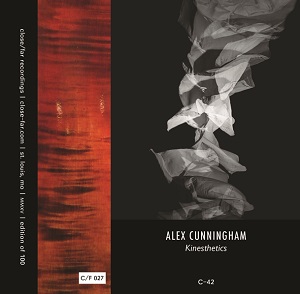 It wasn’t an accident of the imagination that inspired Pieter Bruegel the Elder to portray undead soldiers playing musical instruments in his
It wasn’t an accident of the imagination that inspired Pieter Bruegel the Elder to portray undead soldiers playing musical instruments in his 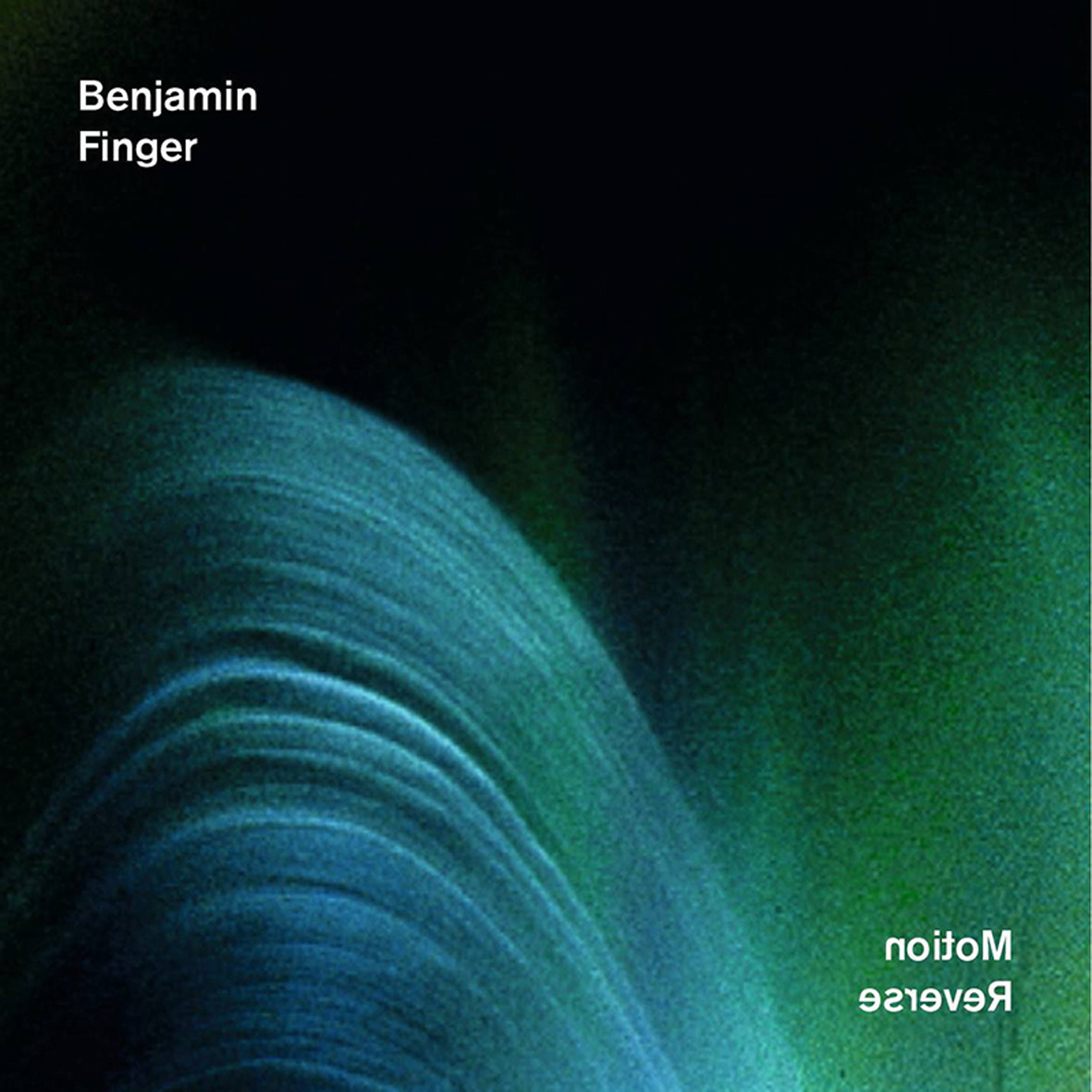 This has been an uncharacteristically prolific and creatively fertile year for Benjamin Finger, as he has released three very wonderful albums in three very different directions.  Thankfully, Finger’s characteristically warm, woozy, and hallucinatory aesthetic remains intact for all three, but he achieves that end with quite a variety of instruments and covers a lot of stylistic ground along the way.  The most notable of the three is arguably Motion Reverse, which can be viewed as a dubbier and more subdued continuation of Mood Chaser's deranged techno experiments.  Equally satisfying is Pleasurably Lost, which reprises and builds upon the dreamy psychedelia of past successes like 2009's Woods of Broccoli.  Amorosa Sensitiva, on the other hand, is a bit of a wild-card that unexpectedly dips its toes into dissonance, modern composition, free-jazz, and sundry other surprises.
This has been an uncharacteristically prolific and creatively fertile year for Benjamin Finger, as he has released three very wonderful albums in three very different directions.  Thankfully, Finger’s characteristically warm, woozy, and hallucinatory aesthetic remains intact for all three, but he achieves that end with quite a variety of instruments and covers a lot of stylistic ground along the way.  The most notable of the three is arguably Motion Reverse, which can be viewed as a dubbier and more subdued continuation of Mood Chaser's deranged techno experiments.  Equally satisfying is Pleasurably Lost, which reprises and builds upon the dreamy psychedelia of past successes like 2009's Woods of Broccoli.  Amorosa Sensitiva, on the other hand, is a bit of a wild-card that unexpectedly dips its toes into dissonance, modern composition, free-jazz, and sundry other surprises.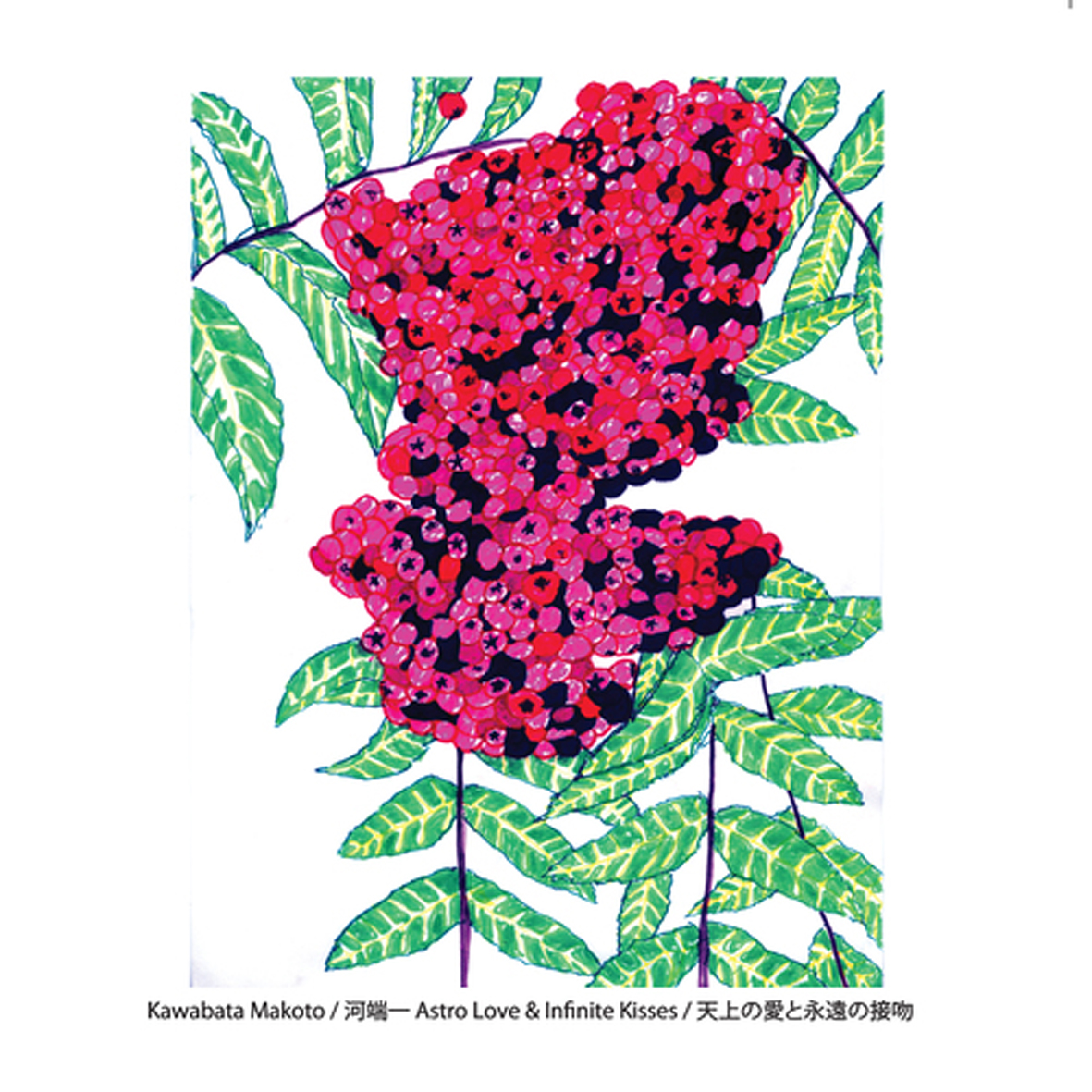 I have admittedly become quite numbed to the power of Acid Mothers Temple in recent years, but that has certainly not stopped me from appreciating the unique talents of Kawabata Makoto.  If anything, I am weary of Makoto's primary outlet because their high-volume maximalism hides or precludes so many appealing facets and nuances of his artistry.  Thankfully, his solo albums–especially the ones on VHF–do no such thing and allow his exotic and eccentric vision to unhurriedly blossom without distraction (most of the time, anyway).  On this latest opus, Makoto adeptly blends echo-heavy Krautrock guitar, traditional Indian music, and his own distinctively lysergic tendencies to weave a sprawling fantasia of warped and trance-inducing drones.
I have admittedly become quite numbed to the power of Acid Mothers Temple in recent years, but that has certainly not stopped me from appreciating the unique talents of Kawabata Makoto.  If anything, I am weary of Makoto's primary outlet because their high-volume maximalism hides or precludes so many appealing facets and nuances of his artistry.  Thankfully, his solo albums–especially the ones on VHF–do no such thing and allow his exotic and eccentric vision to unhurriedly blossom without distraction (most of the time, anyway).  On this latest opus, Makoto adeptly blends echo-heavy Krautrock guitar, traditional Indian music, and his own distinctively lysergic tendencies to weave a sprawling fantasia of warped and trance-inducing drones. When Gary Mundy's Ramleh reemerged in 2009 after over a decade of inactivity, both the recorded output and performances were mostly skewed towards the project’s noise and power electronics history. With long time member Anthony Di Franco, the duo released the excellent Valediction album and embarked on a series of performances, updating the harsh electronic sound Mundy began as a teenager in the 1980s. Circular Time, however, is a return to the idiosyncratic psychedelic rock sound Mundy and Di Franco (along with other collaborators) fully realized in the 1990s. I have enjoyed every variant of Ramleh that I have heard, but I always had a soft spot for this more musical era and, thankfully, Circular Time is a return to form in every possible way.
When Gary Mundy's Ramleh reemerged in 2009 after over a decade of inactivity, both the recorded output and performances were mostly skewed towards the project’s noise and power electronics history. With long time member Anthony Di Franco, the duo released the excellent Valediction album and embarked on a series of performances, updating the harsh electronic sound Mundy began as a teenager in the 1980s. Circular Time, however, is a return to the idiosyncratic psychedelic rock sound Mundy and Di Franco (along with other collaborators) fully realized in the 1990s. I have enjoyed every variant of Ramleh that I have heard, but I always had a soft spot for this more musical era and, thankfully, Circular Time is a return to form in every possible way.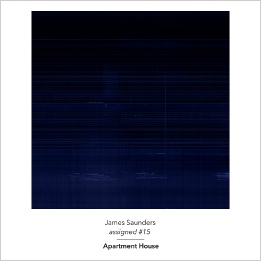 James Saunders spent close to a decade working on his #[unassigned] series. Comprising 175 variations of modular compositions for solo instruments, the project was designed to emphasize unique instrumentation, techniques, and spaces. Repetition was anathema and multiplicity prized—once performed, each arrangement would then be set aside in favor of the next configuration, never to be played again. The UK-based multinational ensemble Apartment House were the first to try an #[unassigned] composition in 2000 and they executed several different versions afterward, until the project was concluded in 2009. With assigned #15, they return to Saunders’s work, now presented as re-performable composition scored for seven musicians who play, among other things, viola, chamber organ, dictaphone, and shortwave radio.
James Saunders spent close to a decade working on his #[unassigned] series. Comprising 175 variations of modular compositions for solo instruments, the project was designed to emphasize unique instrumentation, techniques, and spaces. Repetition was anathema and multiplicity prized‚Äîonce performed, each arrangement would then be set aside in favor of the next configuration, never to be played again. The UK-based multinational ensemble Apartment House were the first to try an #[unassigned] composition in 2000 and they executed several different versions afterward, until the project was concluded in 2009. With assigned #15, they return to Saunders‚Äôs work, now presented as re-performable composition scored for seven musicians who play, among other things, viola, chamber organ, dictaphone, and shortwave radio.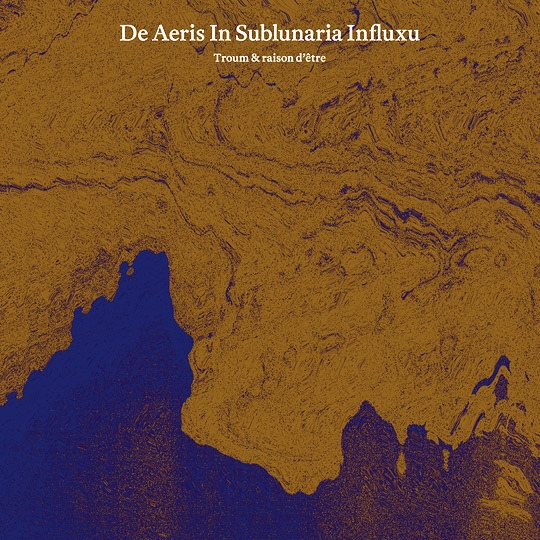 I do not think there are two currently active artists that capture the classic ambient sound, faithful to its inception, with an appropriate tinge of post-industrial darkness than Troum and raison d'étre. The former lean more towards a lighter, delicate sonic purity, while the latter's work is colored with the darkness and malignant sounds of the associated Cold Meat Industries label. This collaboration then seems the perfect setup for these two artists who are similar, but complement each other well in their differences. The result is a largely satisfying collaboration that sounds as it should given the two artists, but occasionally hindered by some duller moments.
I do not think there are two currently active artists that capture the classic ambient sound, faithful to its inception, with an appropriate tinge of post-industrial darkness than Troum and raison d'étre. The former lean more towards a lighter, delicate sonic purity, while the latter's work is colored with the darkness and malignant sounds of the associated Cold Meat Industries label. This collaboration then seems the perfect setup for these two artists who are similar, but complement each other well in their differences. The result is a largely satisfying collaboration that sounds as it should given the two artists, but occasionally hindered by some duller moments.
